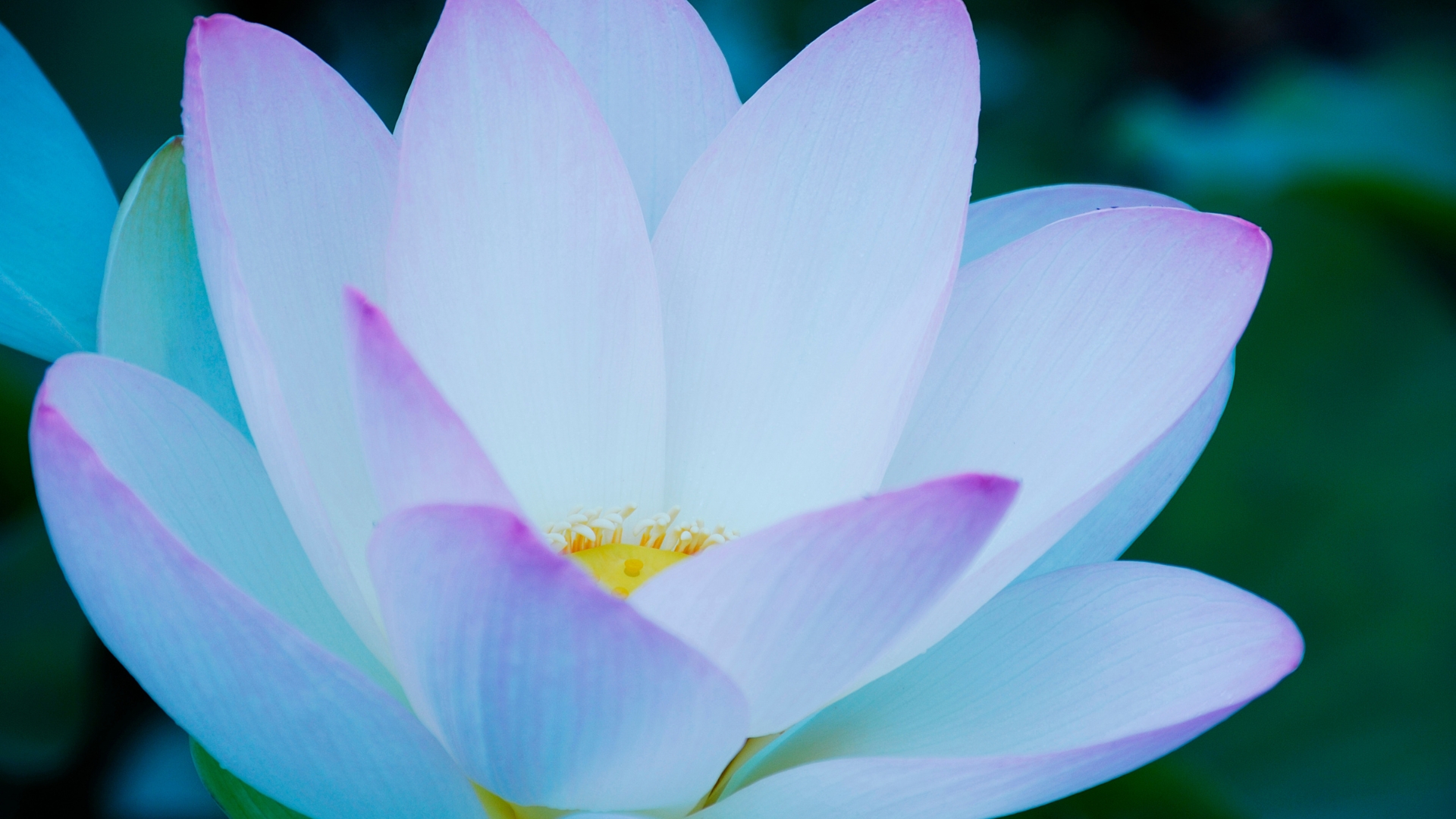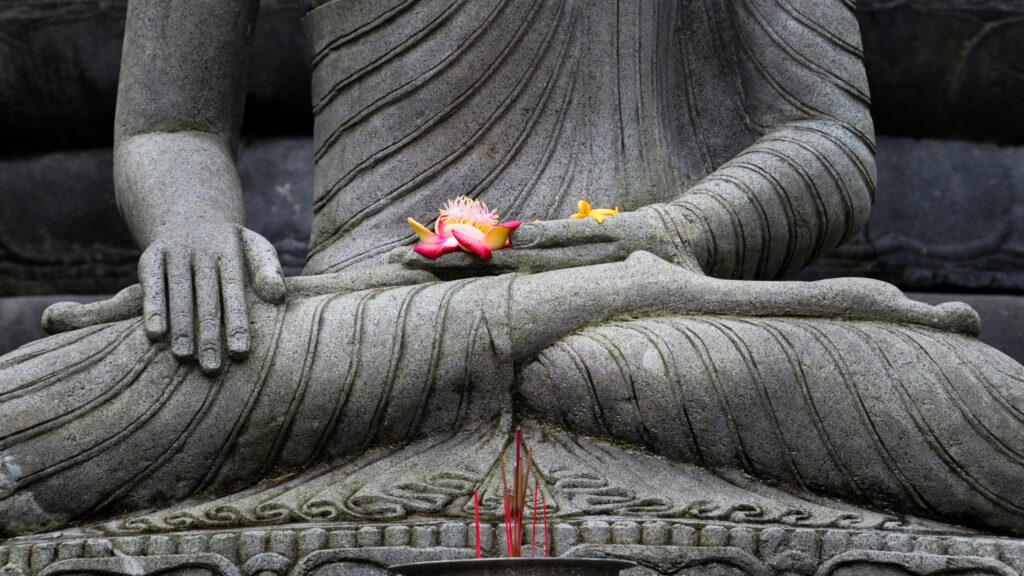Some flowers are admired for their beauty, but the lotus? It’s in a league of its own. Rising from the mud, untouched by the dirt that surrounds it, this bloom has captivated hearts and minds for centuries.
It’s been painted in sacred texts, whispered about in legends, and revered as a symbol of resilience and transformation.
Some see it as a sign of enlightenment, others as a reminder that beauty can bloom even in the harshest conditions. But what does the lotus truly represent?
Dig a little deeper, and you’ll find that its meaning is as profound as the flower itself.
Don’t Mistake Lotus For A Water Lily!
At first glance, it’s easy to confuse a lotus with a water lily. Both float gracefully on the water, both have delicate petals, and both are mesmerizing in their own way.
But make no mistake—the lotus and the water lily are two very different flowers. The most obvious distinction is how they grow. While water lilies rest flat on the water’s surface, lotus flowers rise above it, standing tall on long, sturdy stems.
Their leaves also tell a different story—lotus leaves are smooth, round, and repel water like a natural shield, while water lily leaves have deep notches and rest directly on the water.
Beyond appearances, the two flowers carry different symbolic meanings. While water lilies are often associated with peace, transformation, and enlightenment, the lotus has a more profound spiritual presence.
Lotus Flower Means Purity
One of the most profound meanings of the lotus flower is purity. Its ability to rise from murky, muddy waters and bloom in untouched beauty has made it a universal symbol of spiritual and personal purity.
No matter how dark or unclean the waters it grows in, the lotus remains pristine, its petals never stained by the environment around it.
This flower serves as a powerful reminder that purity is not about where you start but how you rise above the challenges you face. The lotus doesn’t reject the mud—it uses it to grow stronger, proving that true purity comes from within.
It Also Signifies The Rebirth
The lotus is not just a symbol of purity—it is also a powerful representation of rebirth and new beginnings.
Every night, the lotus flower submerges into the water, disappearing beneath the surface. But with the first light of day, it emerges again, blooming as if nothing happened.
This daily cycle of retreat and renewal has made the lotus a perfect metaphor for the cycle of life, death, and rebirth. It reminds us that no matter how many times we fall, there is always an opportunity to rise again.
And Persistence
If there’s one thing the lotus flower teaches us, it’s the power of persistence. Growing in the mud, pushing through waters, and finally blooming in full glory—this flower’s journey is nothing short of inspiring.
It doesn’t matter how deep the mud is or how difficult the conditions may be; the lotus finds a way to reach the light. That’s why it has become a universal symbol of perseverance, inner strength, and unwavering determination.
Life often throws challenges our way, but the lotus reminds us that struggles don’t define us—our ability to rise above them does. It’s no wonder this flower is often associated with personal growth, spiritual awakening, and resilience.
Whether in mythology, religion, or modern symbolism, the lotus serves as a beautiful lesson: no matter how tough things get, keep growing, keep pushing, and keep reaching for the surface.
Lotus Flower Colors And Symbolism
Just like roses, lotus flowers come in different colors, each carrying its own unique symbolism. The white lotus represents purity, enlightenment, and spiritual perfection, making it one of the most revered colors in Buddhism and Hinduism.
The pink lotus, often associated with Buddha himself, symbolizes divine wisdom and the journey to enlightenment. It is considered the most sacred of all lotus colors.
The red lotus is tied to love, passion, and compassion, representing the beauty of the heart. Meanwhile, the blue lotus symbolizes wisdom, intellect, and control over the senses, often seen in spiritual teachings as a reminder to seek truth beyond material desires.
Lastly, the purple lotus, often depicted with multiple petals, represents mysticism and spiritual awakening. Each lotus color carries a different message, but they all share the same essence—rising above challenges and embracing inner growth.
Cultural And Religious Significance Of The Lovely Lotus Flower
The lotus flower is more than just a botanical marvel—it holds deep cultural and religious significance across the world.
In Buddhism, it represents the path to enlightenment, with its growth symbolizing the journey from ignorance to wisdom.
The different stages of a lotus bloom are often used to illustrate spiritual progress, from a closed bud (unawakened mind) to a fully bloomed flower (enlightenment).
Similarly, in Hinduism, the lotus is closely tied to gods like Vishnu, Lakshmi, and Saraswati, symbolizing divine beauty, prosperity, and purity.
Ancient Egyptians also revered the lotus, associating it with the sun, rebirth, and creation. The blue lotus, in particular, was often depicted in tomb paintings and religious texts as a symbol of resurrection and eternal life.
Even in modern times, the lotus continues to be a symbol of hope, transformation, and inner peace.
Across continents and centuries, this flower remains a powerful reminder that no matter where we come from, we all have the potential to rise, grow, and bloom into something extraordinary.







